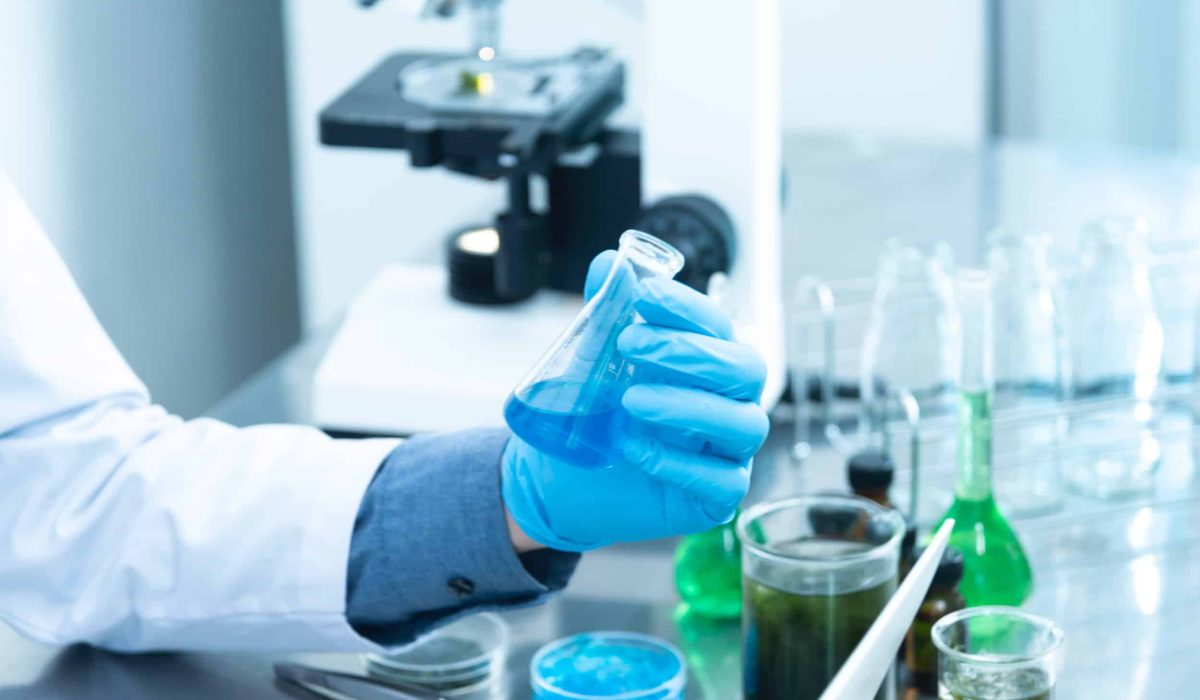
The rise of lab-produced alternatives to traditional natural resources presents significant challenges and exciting industry opportunities. As technology evolves, the demand for sustainable and ethically sourced materials remains unchanged. Understanding these dynamics is crucial for companies to navigate the landscape effectively.
Challenges
1. Technological Hurdles:
Development and Scaling:
The transition from lab-scale innovations to commercial viability can be complex. Many lab-produced materials, such as synthetic diamonds and graphene, require advanced manufacturing techniques that can be costly and time-consuming to scale.
Quality Control:
Maintaining consistent quality in lab-produced products is essential. Industries must develop robust monitoring and control systems to ensure production meets the required standards and minimizes variability and defects.
2. Market Acceptance:
Consumer Perception:
There can be scepticism regarding the performance and safety of lab-produced alternatives compared to traditional materials. Overcoming this perception is crucial for widespread adoption, which may require targeted education and marketing efforts.
Regulatory Challenges:
Navigating the regulatory landscape can be daunting. Lab-produced foods, pharmaceuticals, and materials often face stringent regulations, necessitating compliance and thorough testing, which can slow down market entry.
3. Environmental Impact:
Resource Consumption:
While lab-produced alternatives are often more sustainable, the production processes can be resource-intensive. Continuously seeking improvements to minimize energy and material use throughout the supply chain is essential.
Opportunities
1. Innovative Applications:
New Markets:
The unique properties of lab-produced materials open up new markets and applications. For instance, synthetic diamonds are not just for jewellery; they are increasingly used in cutting-edge technologies. Industrial conglomerates can capitalize on these opportunities by developing specialized systems for new industrial applications.
Biopharmaceutical Advancements:
The rise of lab-produced biologics and tissue engineering offers transformative potential for healthcare. Industries can enhance pharmaceutical manufacturing processes with advanced automation and precision control solutions, ensuring the efficient production of life-saving therapies.
2. Sustainable Practices:
Environmental Stewardship:
The shift toward lab-grown meat and plant-based alternatives aligns with global sustainability goals. Biomedical engineering industries can support these initiatives by providing technologies that optimize production efficiency and reduce waste, helping clients meet their sustainability targets.
Energy Solutions:
Innovations in solar cells and battery technology are crucial for the renewable energy sector. Companies like Precision Controls, focusing on metallurgical applications, can play a key role in improving manufacturing processes and enhancing the performance of energy storage solutions, driving the transition to a more sustainable energy landscape.
3. Technological Leadership:
Integration of Advanced Technologies:
The convergence of AI, IoT, and advanced materials science presents an opportunity for companies in industrial agriculture to lead the development of smart control systems. These systems can enhance precision agriculture, optimize manufacturing processes, and improve energy efficiency, positioning the company as a pioneer in industrial innovation.
Collaborative Partnerships:
Engaging with research institutions and industry leaders can foster innovation and accelerate the development of new lab-produced alternatives. Collaborations can lead to breakthroughs that benefit and contribute to the broader industrial ecosystem.
Other Lab-Grown Alternatives: A Growing Field
Beyond the realms of meat and materials, the field of lab-grown alternatives is expanding rapidly. Here are a few other notable areas:
1. Lab-Grown Organs and Tissues:
• Regenerative Medicine: Scientists are cultivating human organs and tissues, such as skin, cartilage, and even entire organs like hearts and kidneys. This could revolutionize transplantation and the treatment of various diseases.
• Drug Testing: Lab-grown organs and tissues can be used to test the efficacy and safety of new drugs, reducing the need for animal testing.
2. Lab-Grown Vaccines:
• Rapid Response: Lab-grown vaccines can be produced more quickly and efficiently than traditional methods, allowing rapid response to outbreaks and pandemics.
• Personalized Medicine: Customized vaccines can be tailored to individual genetic profiles, offering more targeted and effective protection.
3. Lab-Grown Microorganisms:
• Biofuels: Microorganisms can be engineered to produce biofuels like ethanol and biodiesel, reducing reliance on fossil fuels.
• Biodegradable Plastics: Lab-grown microorganisms can be used to produce biodegradable plastics, addressing the issue of plastic pollution.
4. Lab-Grown Plant-Based Foods:
• Novel Foods: Scientists are developing new plant-based foods with unique textures, flavours, and nutritional profiles, such as lab-grown meat alternatives.
• Sustainable Agriculture: Lab-grown plant-based foods can reduce the environmental impact of traditional agriculture, including deforestation and water usage.
While these technologies are still early, they hold immense potential to address global challenges and improve human health. As analysis progresses, we can expect to see even more creative and sustainable lab-grown alternatives emerging in the years to come.
In summary, while the journey toward integrating lab-produced alternatives presents challenges, it also offers many opportunities for innovation and growth. We can help shape a more sustainable and technologically advanced industrial future by embracing these advancements and leveraging their expertise.